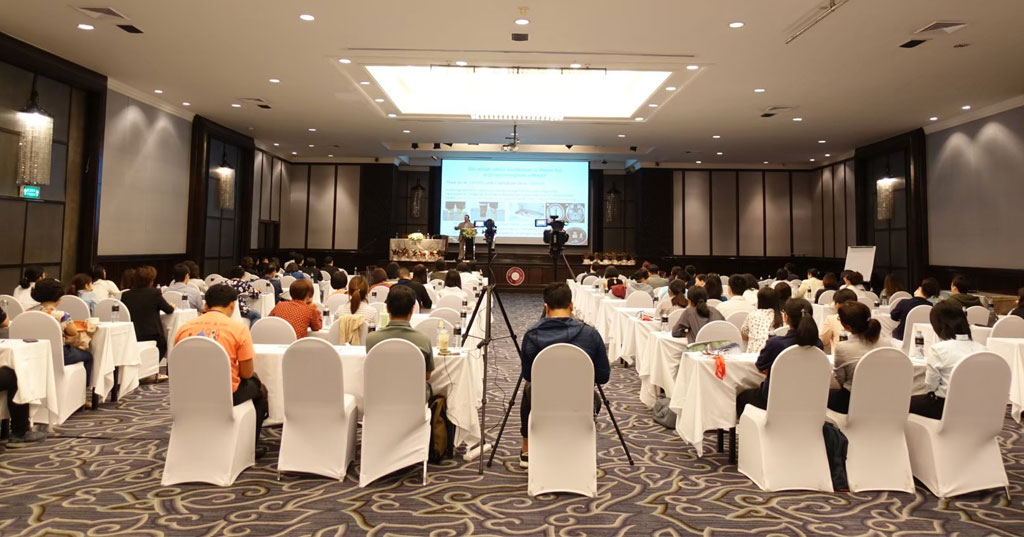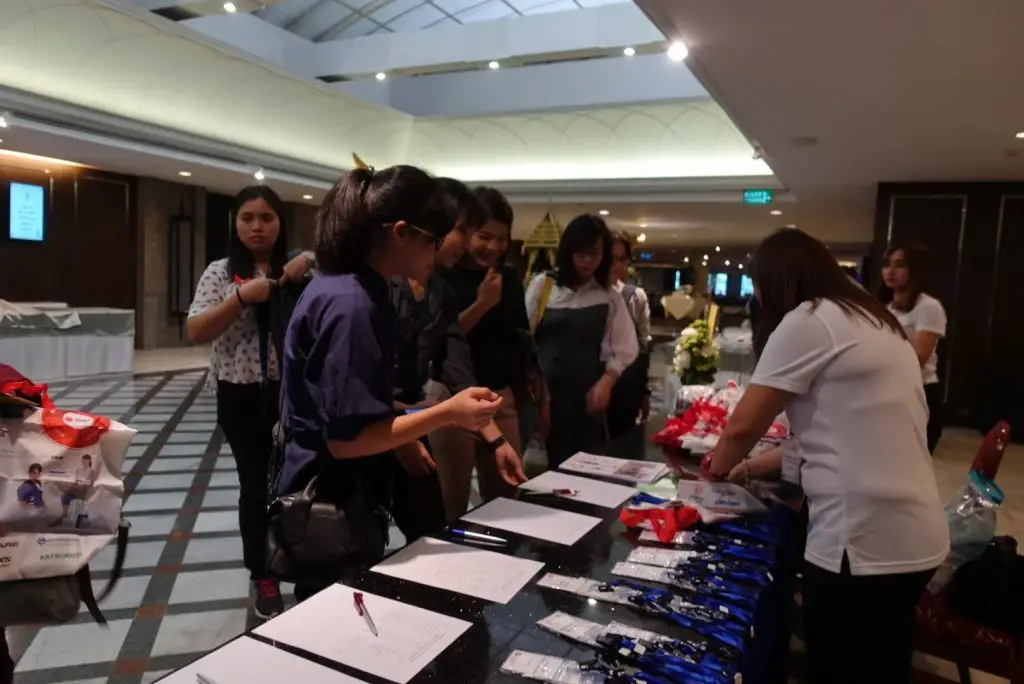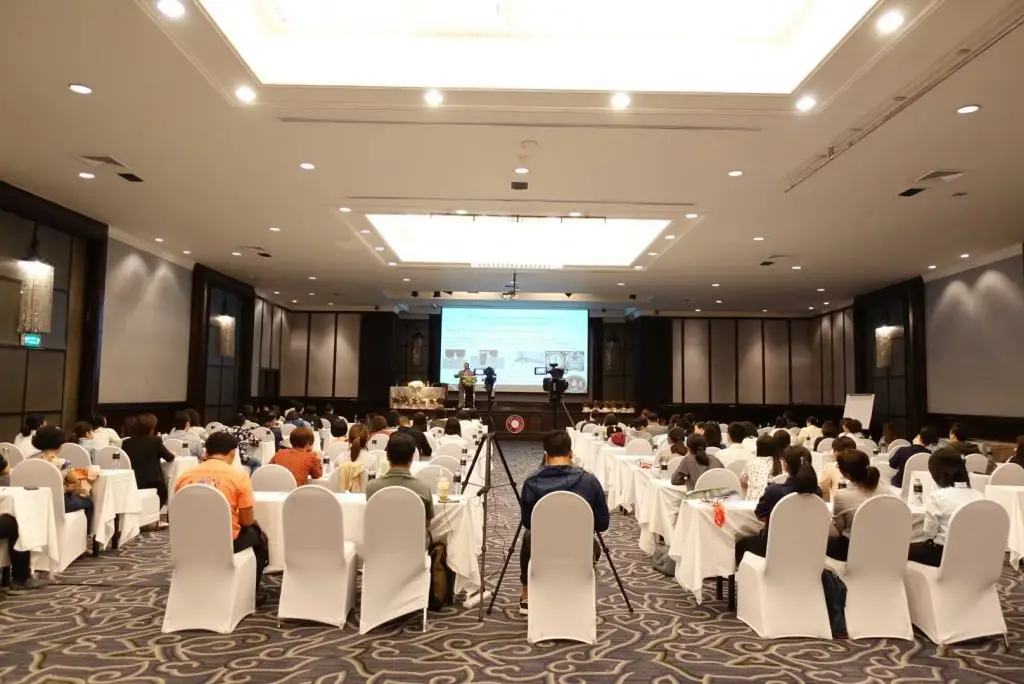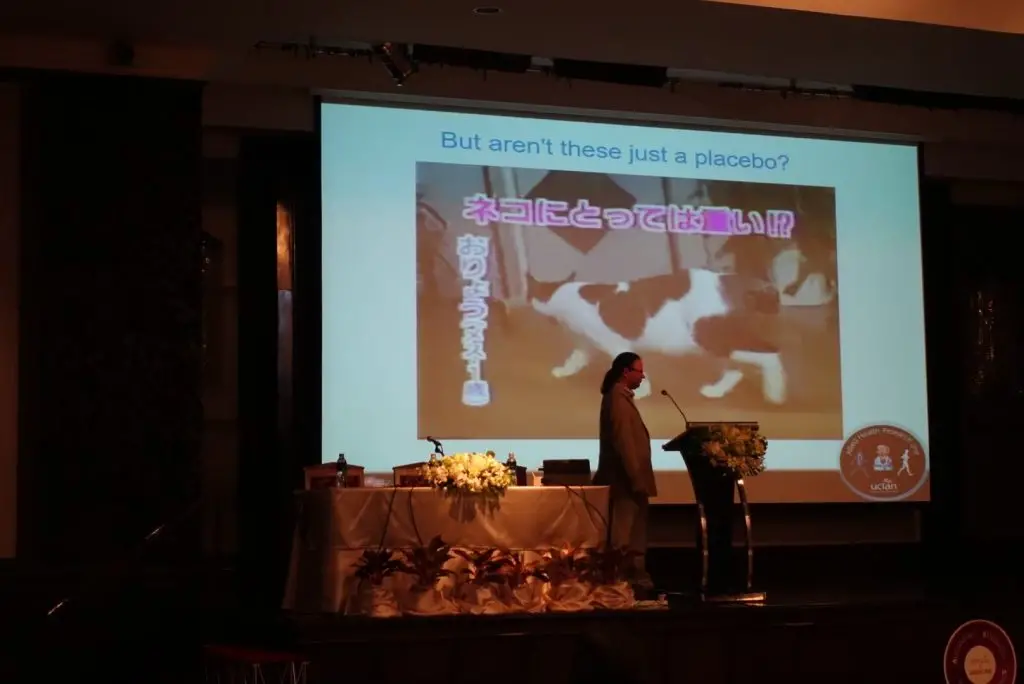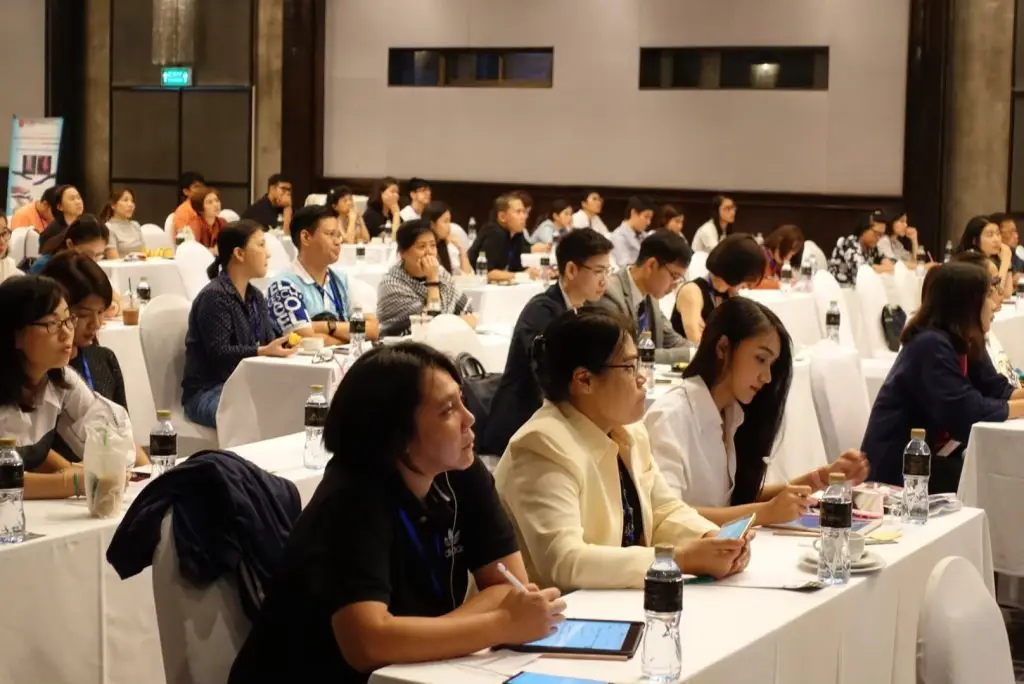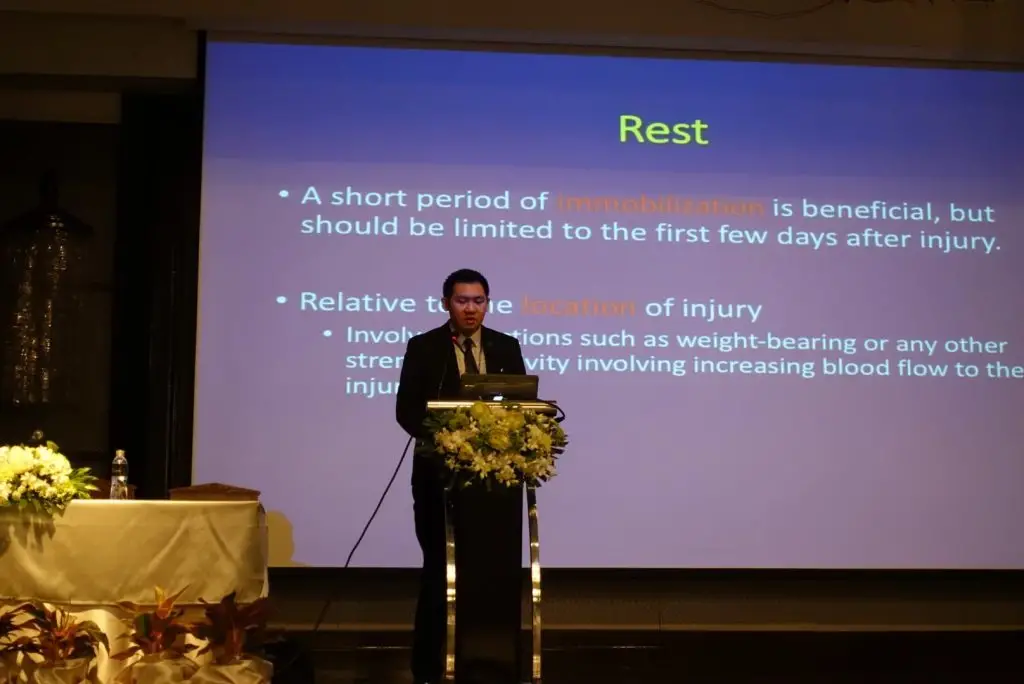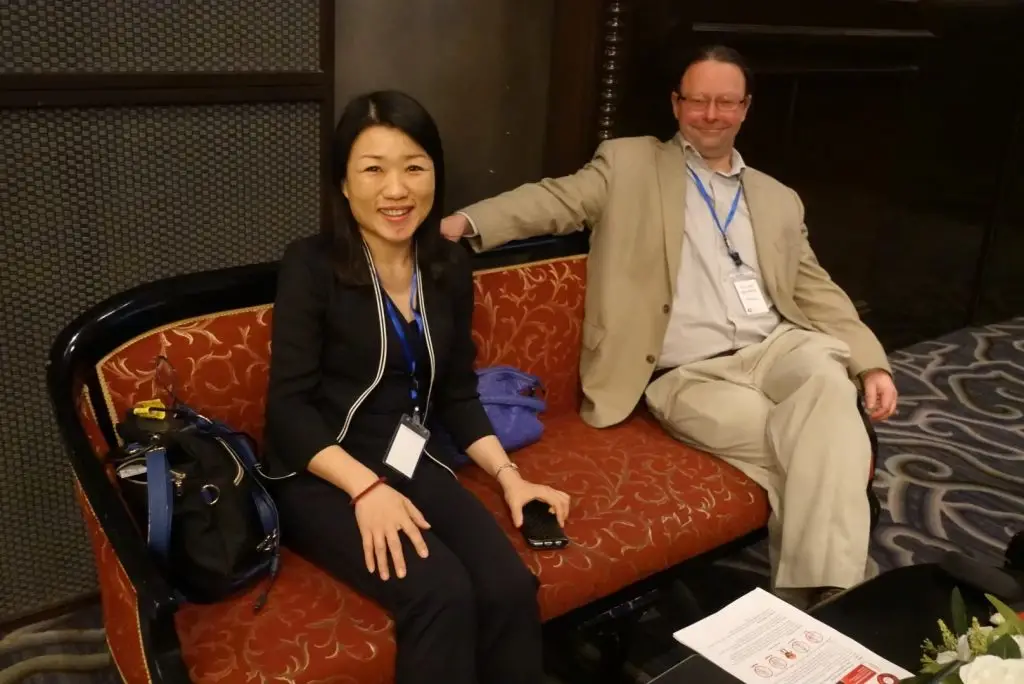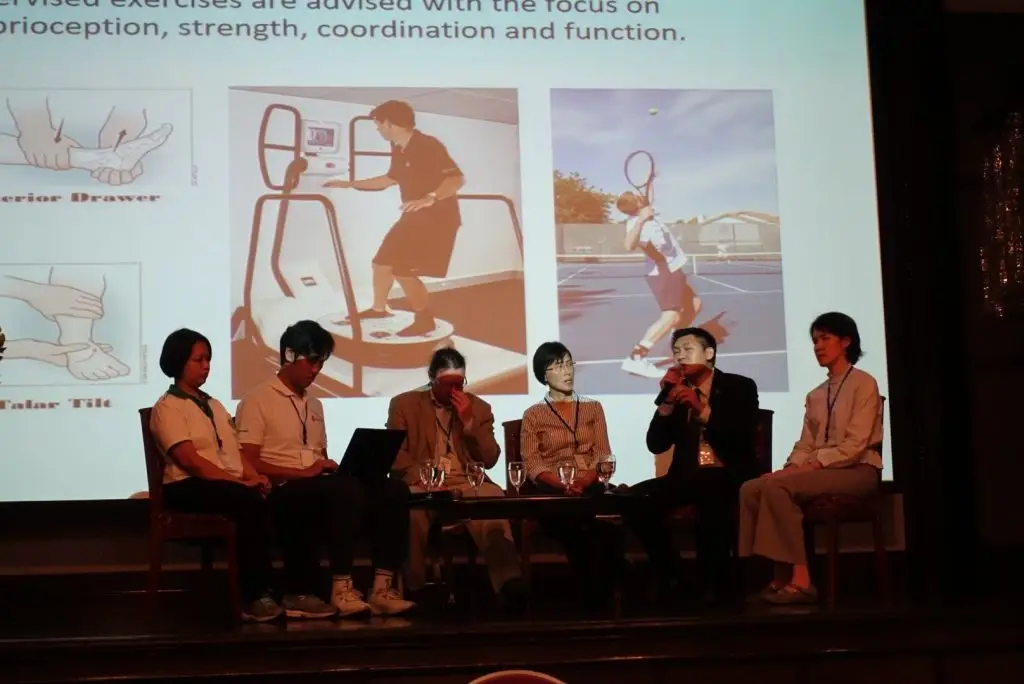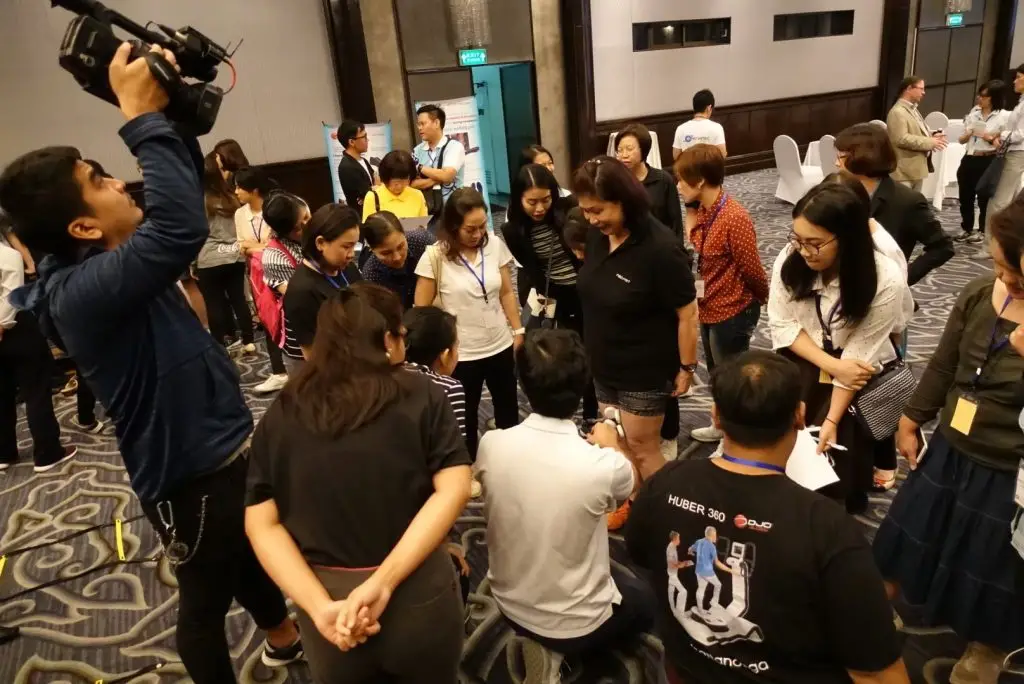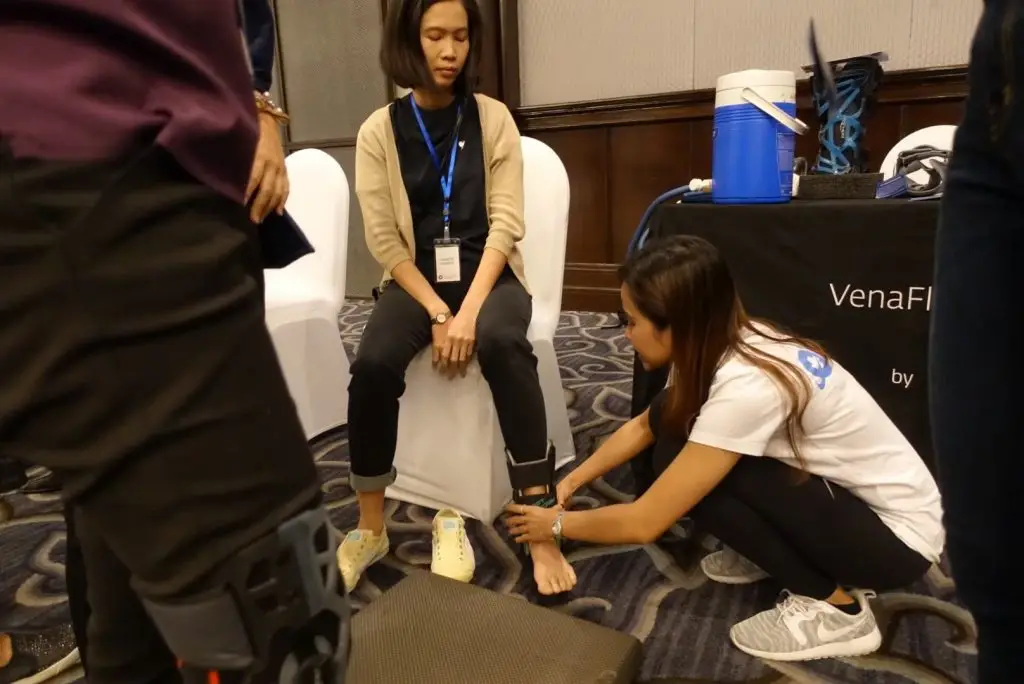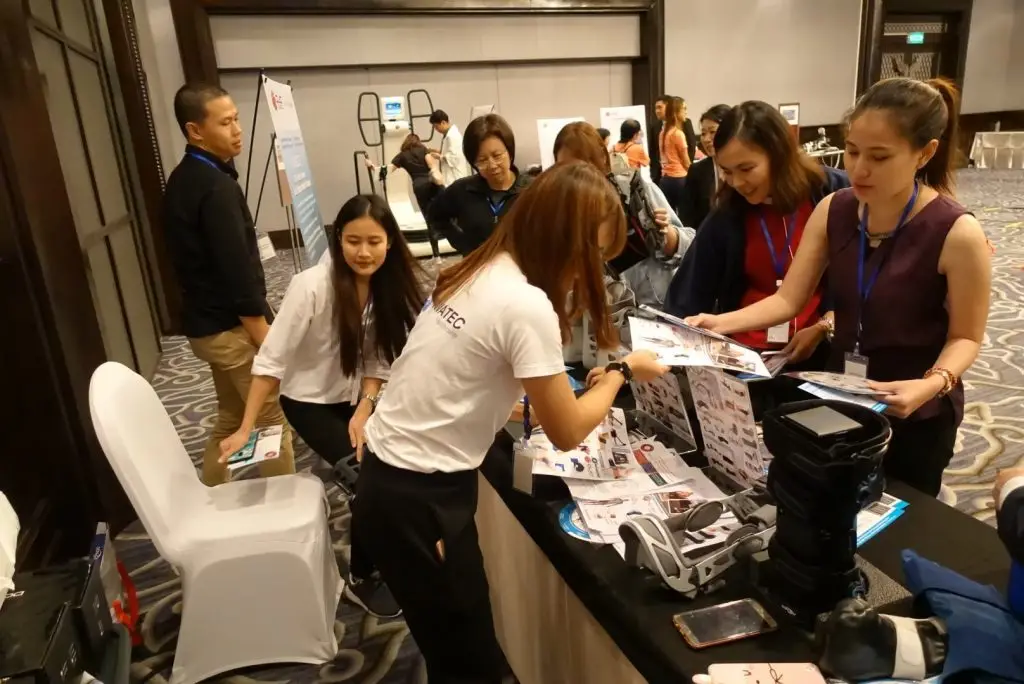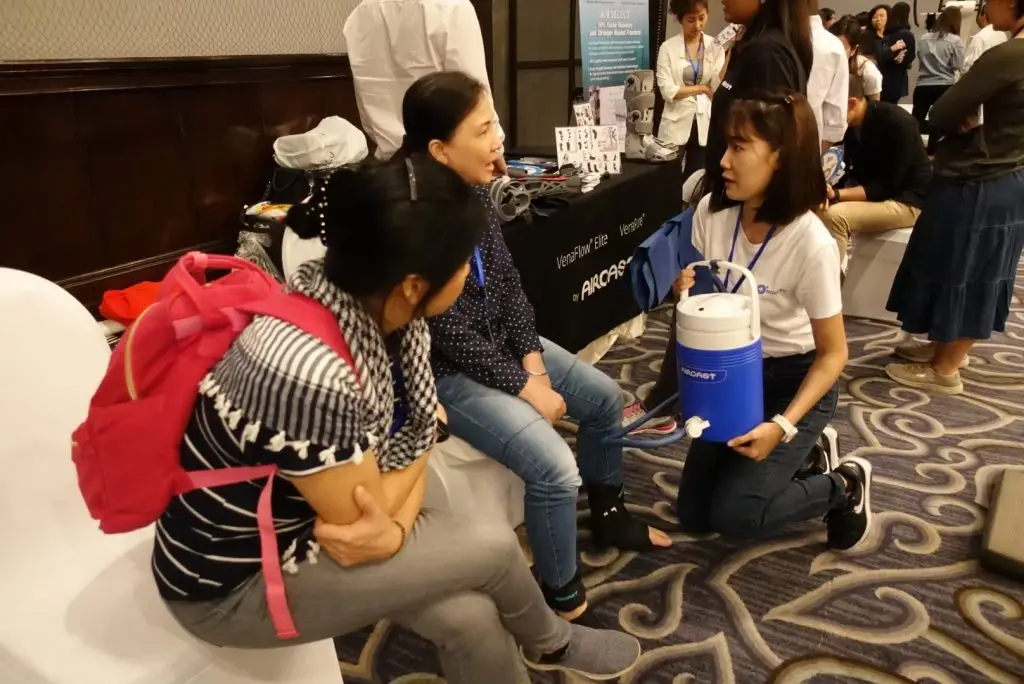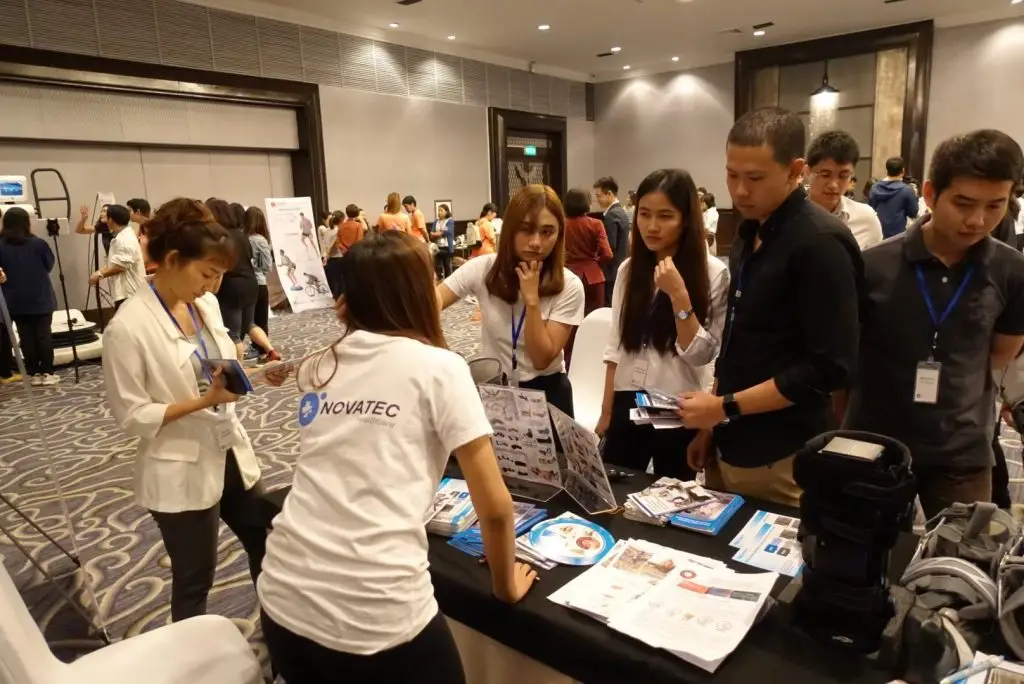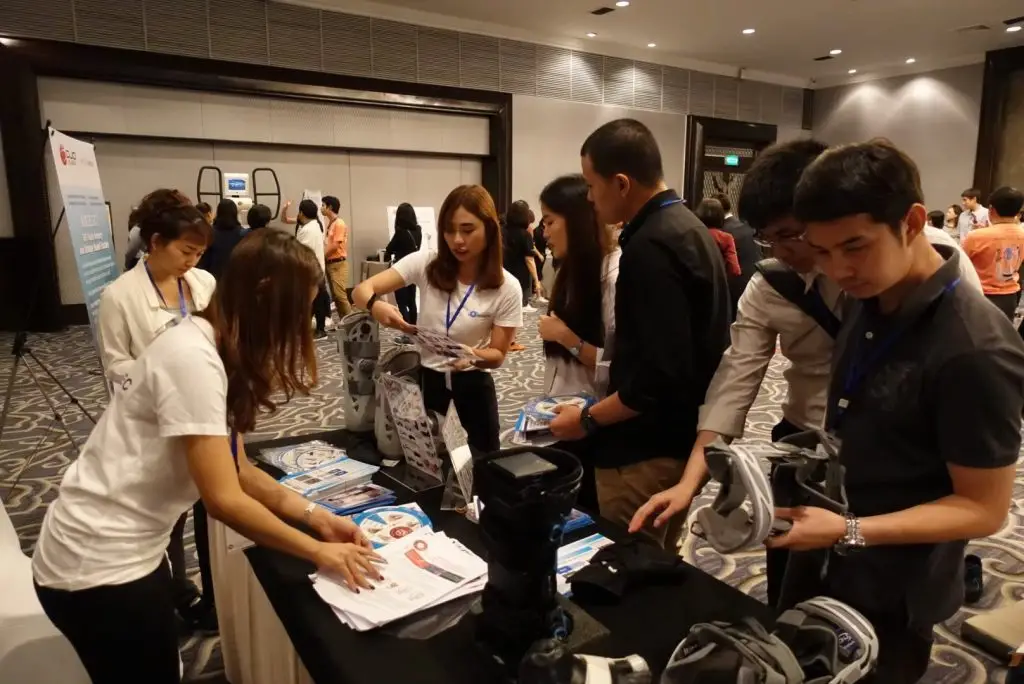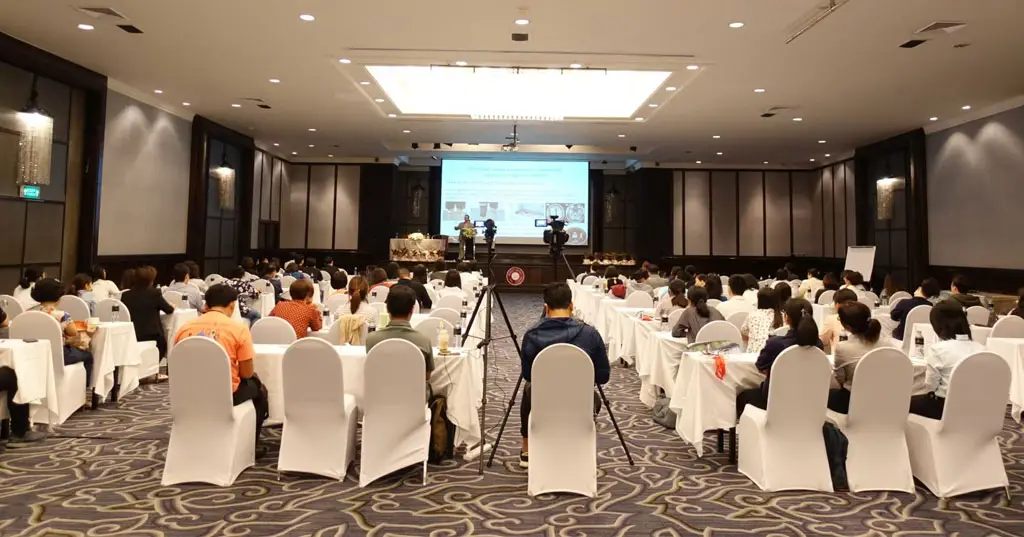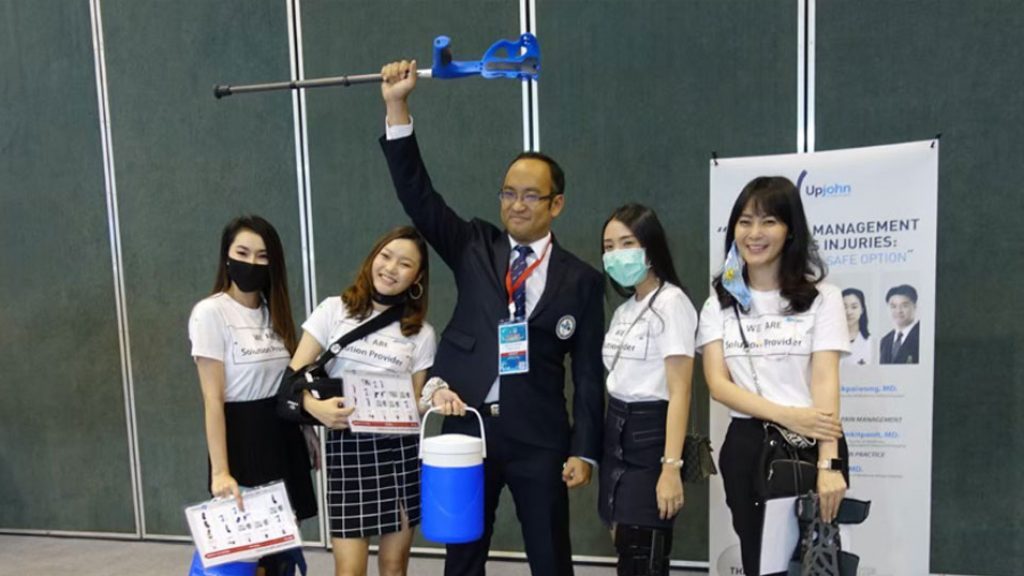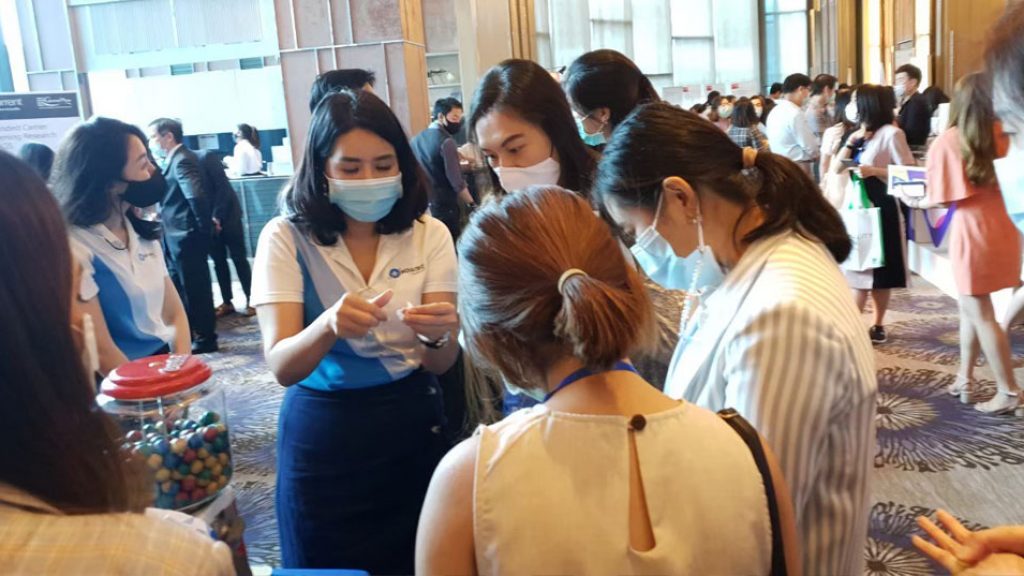2018, November 10 , The Narai Hotel Bangkok Thailand
Speakers
Professor Jim Richards : Professor of Biomechanics and research lead for the Allied Health Research unit at University of Central Lancashire in the Uk since 2004
Elaine Y.L. Ng, BSc, MSc, CPed (USA), SAFT(UK), Director of Pedorthic Technology Ltd
Songwut Thitiboonsuwan, MD. Clinical instructor of Foot and Ankle Surgery, Department of Orthopaedic Surgery, Faculty of Medicine Vajita Hospital, Navamindharadhiraj University, Bangkok, Thailand
Chronic knee & ankle instabilities are often the result of inadequately treated knee & ankle injuries which resulted in dynamic joint instability, re‐injuries, & chronic pain. 20‐40% of ankle injuries have residue instability1, 40‐90% of patients develop knee OA within 7‐12 years post ACLR2. Latest international guideline & consensus call for earlier, more comprehensive, functional rehabilitation with Progressive Optimal Loading (P.O.L.I.C.E.) to reduce high % of re‐injuries and chronic instability3.
HOW to apply in clinical setting? In this symposium, surgeons, P&Os, pedorthists, physiotherapists will discuss how to do functional treatment by addressing Pain, Alignment, Strength, Stability, throughout rehabilitation, a more holistic approach.
Chronic instability may be mechanical or functional, or both. Mechanical instability may be due to specific insufficiencies such as pathologic laxity, arthrokinematic changes, synovial irritation, or degenerative changes. Mechanical instability can be managed by surgeries or conservatively. New functional orthotics, insoles not only can correct alignment, but also has neuromuscular training effect to assist in early functional treatment with progressive optimal loading (P.O.L.I.C.E.).
Functional instability is caused by insufficiencies in proprioception, neuromuscular control, postural control, or strength2,3. These can be improved and assessed by new neuromuscular training platform with biofeedback4 to ensure safe return to sports.
- 2016 consensus statement of the International Ankle Consortium. Gribble PA, et al. Br J Sport Med 2016; 50
- Return to sports after ACL reconstruction: a paradigm shift from time to function Petersen , et al. Knee Surg Sports Traumatol Arthrosc (2017) 25
- PRICE needs updating, Should we call the POLICE? Bleakley et al, Br J Sports Med March 2012; ‘Thou Shalt Load. But How?’ Rio et al, Br J Sports Med March 2018; Diagnosis, treatment and prevention of ankle sprains .Updated evidence based guideline. Vuurberg G et al, Br J Sports Med 2018.
- Predictive evaluations of the sprain ankle. Fabri et al. J de Traumatologie du Sport, 2009

